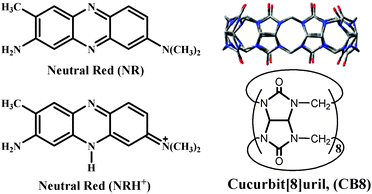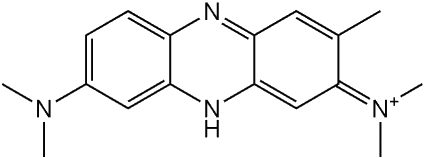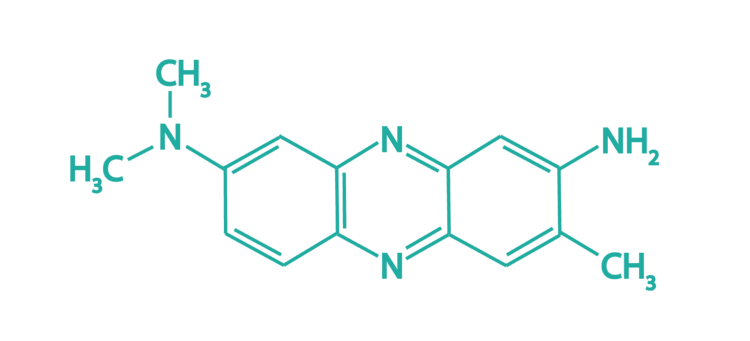Formula C15H17ClN4 Melting point 290 °C | Molar mass 288.78 g/mol | |
 | ||
Neutral red (toluylene red, Basic Red 5, or C.I. 50040) is a eurhodin dye used for staining in histology. It stains lysosomes red. It is used as a general stain in histology, as a counterstain in combination with other dyes, and for many staining methods. Together with Janus Green B, it is used to stain embryonal tissues and supravital staining of blood. Can be used for staining Golgi apparatus in cells and Nissl granules in neurons.
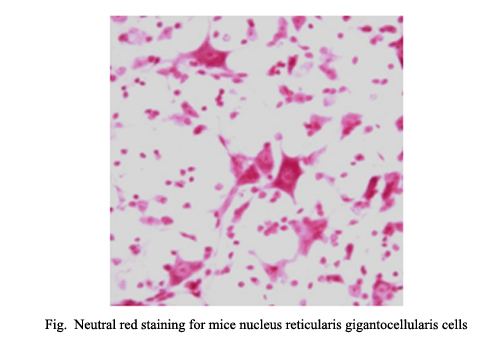
In microbiology, it is used in the MacConkey agar to differentiate bacteria for lactose fermentation.
Neutral red can be used as a vital stain. Live cells incorporate neutral red into their lysosomes. As cells begin to die, their ability to incorporate neutral red diminishes. Thus, loss of neutral red uptake corresponds to loss of cell viability. It is also used to stain cell cultures for plate titration of viruses.

Neutral red is added to some growth media for bacterial and cell cultures. It usually is available as a chloride salt.
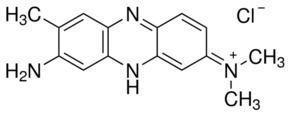
Neutral red acts as a pH indicator, changing from red to yellow between pH 6.8 and 8.0.
